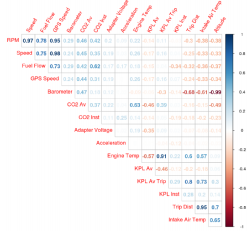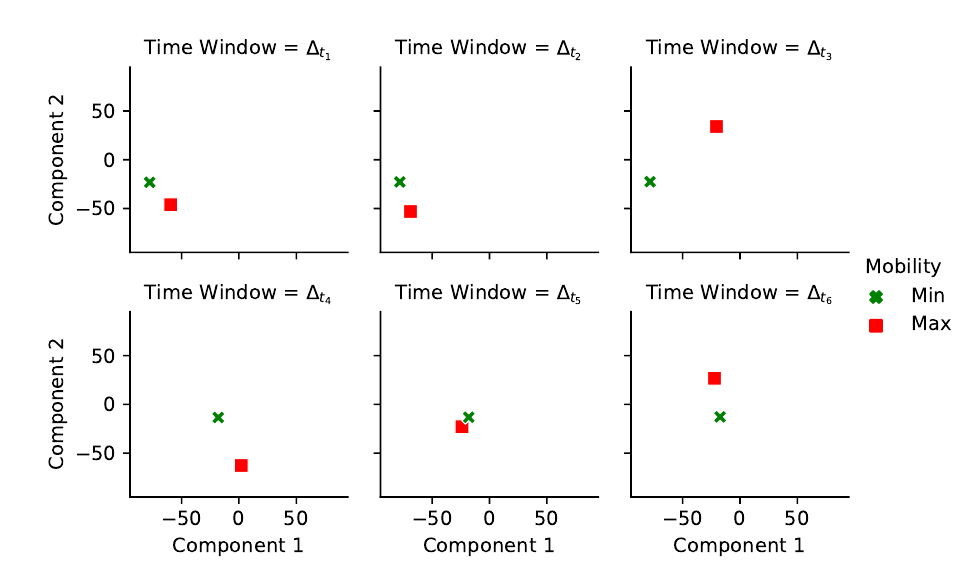Towards intra-vehicular sensor data fusion
Urban mobility aspects have become a challenge with the constant growth of global population. In the same time, more data has become available, which allows new information technologies to improve the mobility systems, especially the transportation system. Thus, a low cost strategy to handle these issues, rises as a new concept named ITS – Intelligent Transportation Systems. These systems depend on various data types and sources, and aggregating it is an important task, which can be accomplished by performing heterogeneous data fusion. In this work, we conducted an exploratory analysis over real vehicular data to show for each listed data issues (i.e imperfection, correlation, inconsistencies, among others) which of them have been found in our data set. Indeed, we found out several issues in the data implying that they must be treated before fusion process. As future extensions of this work, we will apply heterogeneous data fusion techniques to enhance, for example vehicular mobility traces by adding contextual information such as traffic conditions and driver behavior.
Please cite:
@inproceedings{rettore2016towards,
title={Towards intra-vehicular sensor data fusion},
author={Rettore, Paulo HL and Santos, Bruno P and Campolina, Andr{\'e} B and Villas, Leandro A and Loureiro, Antonio AF},
booktitle={Intelligent Transportation Systems (ITSC), 2016 IEEE 19th International Conference on},
pages={126--131},
year={2016},
organization={IEEE}
}
Paulo H. L. Rettore, Bruno P. Santos, Andre B. Campolina, Leandro A. Villas, and Antonio A. F. Loureiro.
Contatcs: {rettore, bruno.ps, andre.campolina, loureiro}@dcc.ufmg.br, leandro@ic.unicamp
Founding agency: CNPq.





Leave a comment